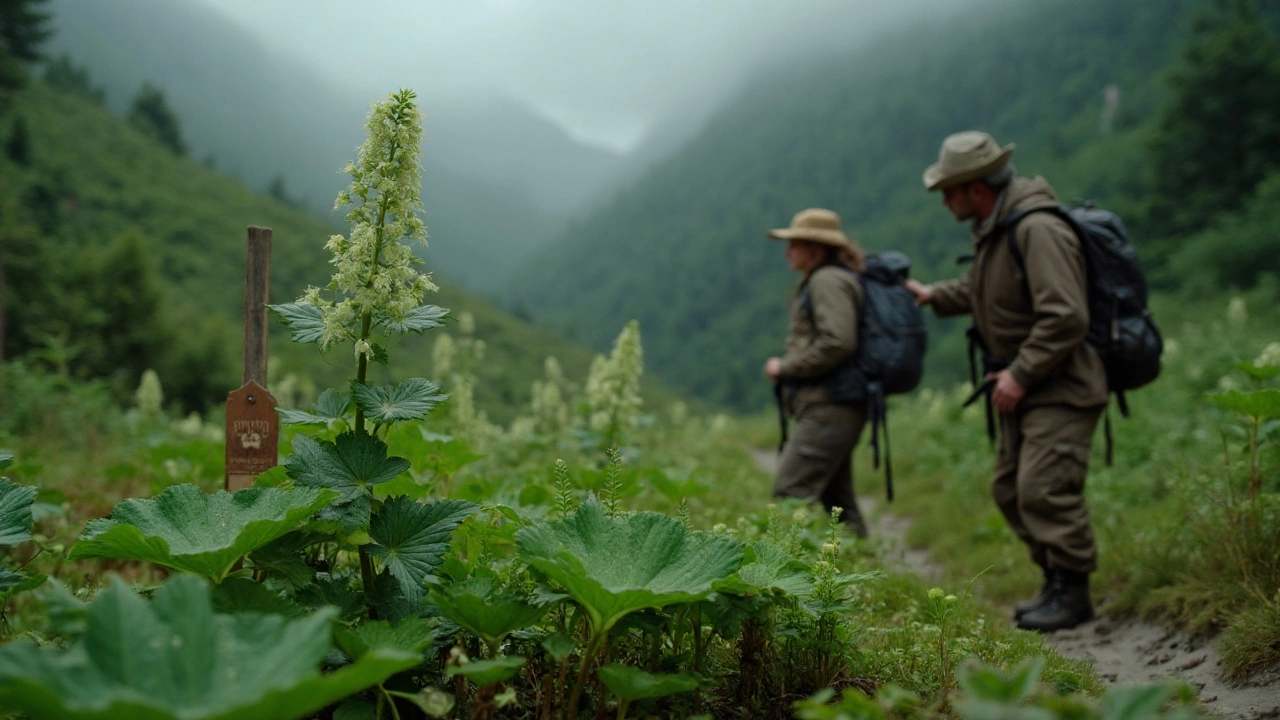Toxic Herbs: What to Watch Out For and How to Stay Safe
Herbal remedies feel natural, but not every plant is harmless. Some herbs can poison you if you take the wrong part, dose too much, or mix them with other meds. Knowing which herbs are risky can save you from nasty symptoms or even a hospital visit.
Common Herbs That Can Turn Toxic
Comfrey is popular for skin bruises, but its roots contain pyrrolizidine alkaloids that damage the liver. Using comfrey internally is a big no‑no. Ephedra (ma huang) once helped with weight loss, yet it can raise blood pressure and cause heart problems. Jaborandi, which you might see in hair‑growth products, has pilocarpine that can trigger a fast heart rate and low blood pressure if you take too much.
Other herbs to handle with care include goldenseal (high in berberine, can interfere with blood thinners), kava (linked to liver injury), and licorice root (excess can cause potassium loss and high blood pressure). Even ginseng can cause insomnia or jitteriness when you overdo it.
Spotting Toxic Effects Early
Symptoms vary, but there are some red flags to watch. Stomach cramps, nausea, and vomiting often show up first. If you notice a sudden rash, dizziness, or a rapid heartbeat, stop the herb and get medical help. Liver trouble can feel like fatigue, dark urine, or yellow skin. Kidney issues might cause swelling in your legs or less frequent urination.
Because many toxic herbs affect the same body systems, it helps to keep a simple log of what you take, the dose, and how you feel. If anything feels off, compare your notes with the herb’s known side effects.
Mixing herbs with prescription meds is another danger zone. For example, St. John’s Wort can lower the effectiveness of birth control pills, while ginkgo biloba may increase bleeding risk if you’re on blood thinners. Always double‑check interactions before adding a new herb.
When you suspect a toxic reaction, call your local poison control center or head to the emergency department. Bring the herb container or a list of ingredients – it speeds up treatment.
Want to stay on the safe side? Choose herbs that have a solid safety record, such as chamomile for calming, peppermint for digestion, or turmeric for inflammation. Stick to the recommended dose on the label, and avoid using wild‑foraged plants unless you’re 100% sure they’re safe.
Finally, talk to a healthcare professional who knows about herbs, especially if you have chronic conditions, are pregnant, or take other medicines. A quick chat can prevent a lot of trouble.
Herbs can be a great addition to a healthy lifestyle, but only when you respect their power. Keep these tips in mind, stay curious, and use plants wisely.

American Hellebore Supplement? Dangers, Evidence, and Safe Alternatives (2025)
Thinking of American hellebore for health? It’s poisonous. Get clear facts on risks, evidence, and safer alternatives that actually support better health.
Read More